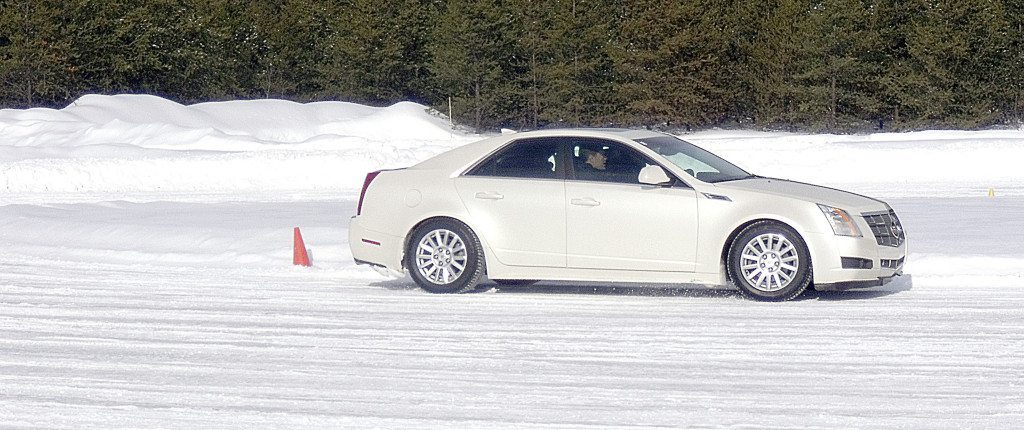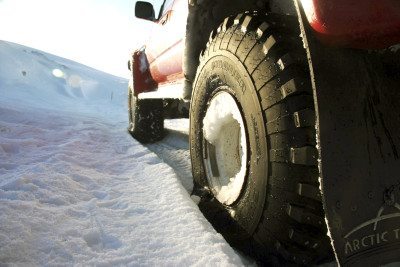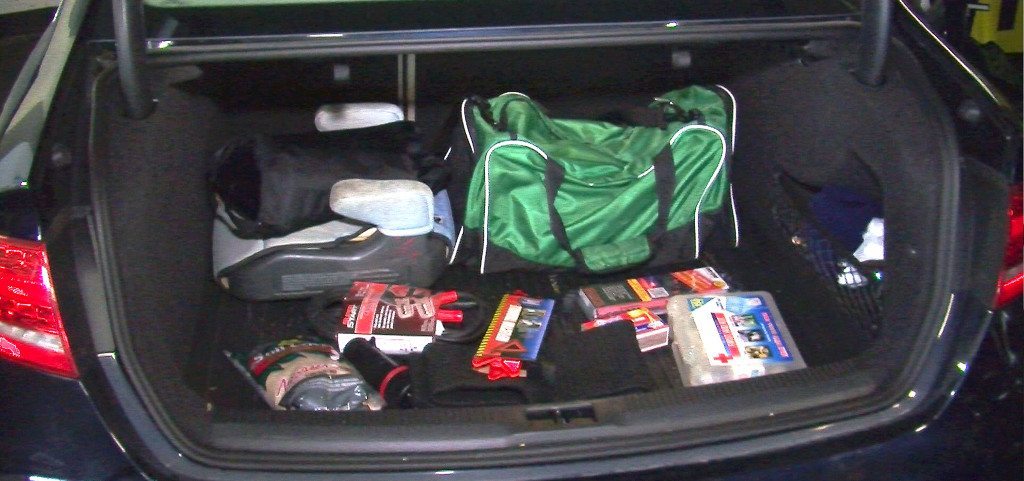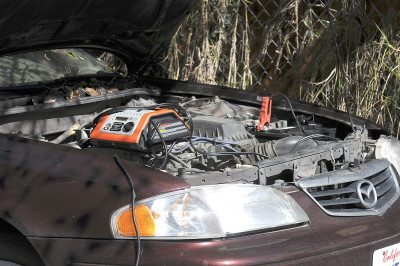
Cold, ice and snow. The dreaded threesome of winter can make driving extremely dangerous with slippery conditions and greater stress on vehicle systems. But with proper vehicle maintenance and careful vehicle control, the hazards of winter can be successfully dealt with.
At AAA, we get the greatest number of roadside assistance calls for flat tires and dead batteries. Tire trouble can leave you stranded by the side of the road, exposed to the dangers of passing vehicles. All it takes is a small patch of ice to send a vehicle sliding into you. To avoid this, maintaining proper tire inflation is critical. Cold temperatures causes the air in tires to contract, lowering inflation pressure, making a tire more susceptible to a flat from road hazards or a high speed blowout due to overheating. While it’s more of a pain to do so in the winter, drivers should check their tire pressure minimally once a month, ideally once a week.

A dead battery means your car won’t start—no big deal at home—downright dangerous far away in a remote location. Batteries generally last three to five years, so if yours is reaching the end of its service life, get it checked by having a load test performed which measures the ability of the battery to hold a charge, and the output of the vehicle’s electrical system. Also, inspect the battery’s terminals to see if there is any white, chalky residue on them. The powdery substance can cut the flow of electricity from the battery to the starter, and your engine won’t start. In sub-freezing cold, that’s life threatening. Vehicles are 90 percent metal and will quickly drop in temperature if the car has no heat. In that instance, you’re greatest asset is a charged cell phone to call for help. But, service can be spotty in some areas, which means you need to go into survival mode.

Always let someone know when you expect to arrive at your destination when you’re on a long trip. Carry items to help you survive in your car for a long time in the bitter cold, including: blankets or a sleeping bag, a flashlight with extra batteries, water and non-perishable foodstuffs like raisins, chocolate, food bars and canned items. You should have matches, candles, basic tools, a shovel, jumper cables, sand in a plastic milk container, road flares or reflectors and heavy boots.
If you’re stranded with a running engine and it’s snowing, make sure the tailpipe is clear of ice and snow so you won’t be asphyxiated. Run the engine for heat in small bursts, an engine burns about a gallon an hour when idling. For this reason, make sure you keep your tank as full as possible.

On the road, remember, posted speed limits are for ideal conditions. It can take a vehicle up to nine times longer to stop on ice and snow, so keep your speed way down and increase following distances. Go into turns slowly to avoid a slide. If you do slide, look and steer in the direction you want to go, this will help you recover control no matter what drivetrain configuration (front-wheel-drive, rear-wheel, or all-wheel) is on your vehicle. Avoid mashing the brakes in a slide, it can alter the vehicle’s balance, causing you to lose control.
Winter can be brutal. Being prepared can keep you moving, and safe.
Robert Sinclair, Jr. is the manager of media relations for AAA New York.


































